In the world of culinary exploration, understanding the nuances between different spices like Cumin vs Caraway Seeds makes quite a difference in your dishes. These two seeds may share a similar appearance, but when it comes to flavor, health benefits, and their roles in the kitchen, they have distinct personalities.
In this article, we'll look closer at the key differences between these two spices, exploring their flavor profiles and uncovering their unique attributes.
Additionally, we'll discuss their health benefits, how they fit into spice blends, and the wonderful ways they enhance savory dishes.
Jump to:
Cumin Seeds
Cuminum cyminum, commonly known as cumin, is a spice deeply rooted in history and renowned for its earthy and nutty flavor.
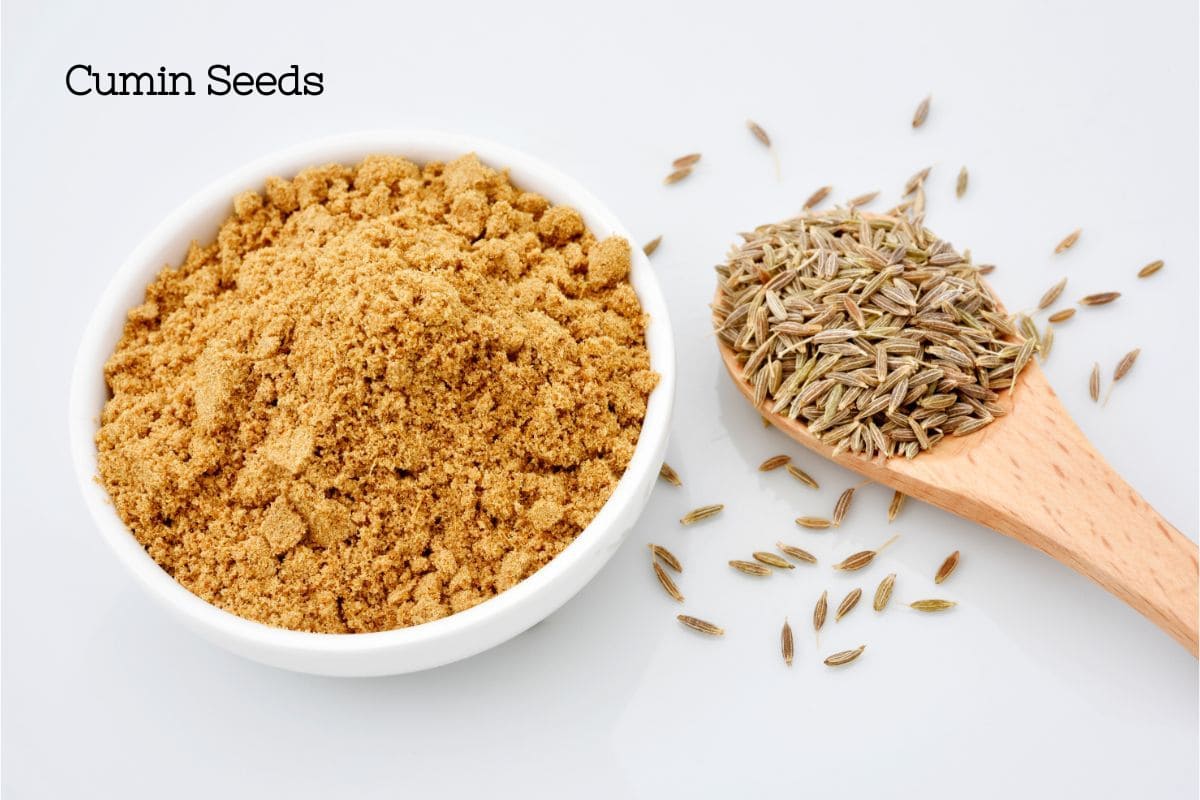
Originating from the Mediterranean region and Western Asia, cumin has played an essential role in Middle Eastern, Indian, and Latin American cuisines for centuries.
Flavor Profile: Cumin, whether in its whole seed or ground form, imparts a distinctive earthy spice to dishes.
Its flavor is often described as warm, slightly nutty, and with a touch of citrus. This unique flavor makes cumin a popular spice in many culinary traditions around the world.
In the Kitchen: In Indian cuisines, cumin is a popular ingredient, found in various spice mixtures like curry powder and garam masala.
Its presence in Middle Eastern cuisine is equally significant, where it elevates the flavors of dishes like falafel and hummus.
Additionally, cumin is a cornerstone of Mexican cuisine, enhancing the taste of chili, tacos, and salsas.
In fact, it is one of my favorite ingredients in homemade guacamole! I also include it in Green Chile Chicken Casserole, Chicken Fajita Casserole, and Chicken Taco Soup!
Botanical Name: Cumin goes by the botanical name Cuminum cyminum, and is a member of the Apiaceae family.
Cumin's ability to infuse dishes with its earthy flavor and nutty allure makes it a popular spice, transcending cultural boundaries and enriching the global culinary landscape.
Whether you're sprinkling ground cumin in your favorite Mexican dish or savoring the aromatic toasting of whole seeds in Indian dishes, this spice adds a unique and inviting dimension to your culinary creations.
 Organic Way Premium Cumin/J...Shop on Amazon
Organic Way Premium Cumin/J...Shop on Amazon
 Frontier Co-op Organic Grou...Shop on Amazon
Frontier Co-op Organic Grou...Shop on Amazon
Black Cumin
Black cumin, scientifically known as Nigella sativa, is a spice that has intrigued cultures for centuries.
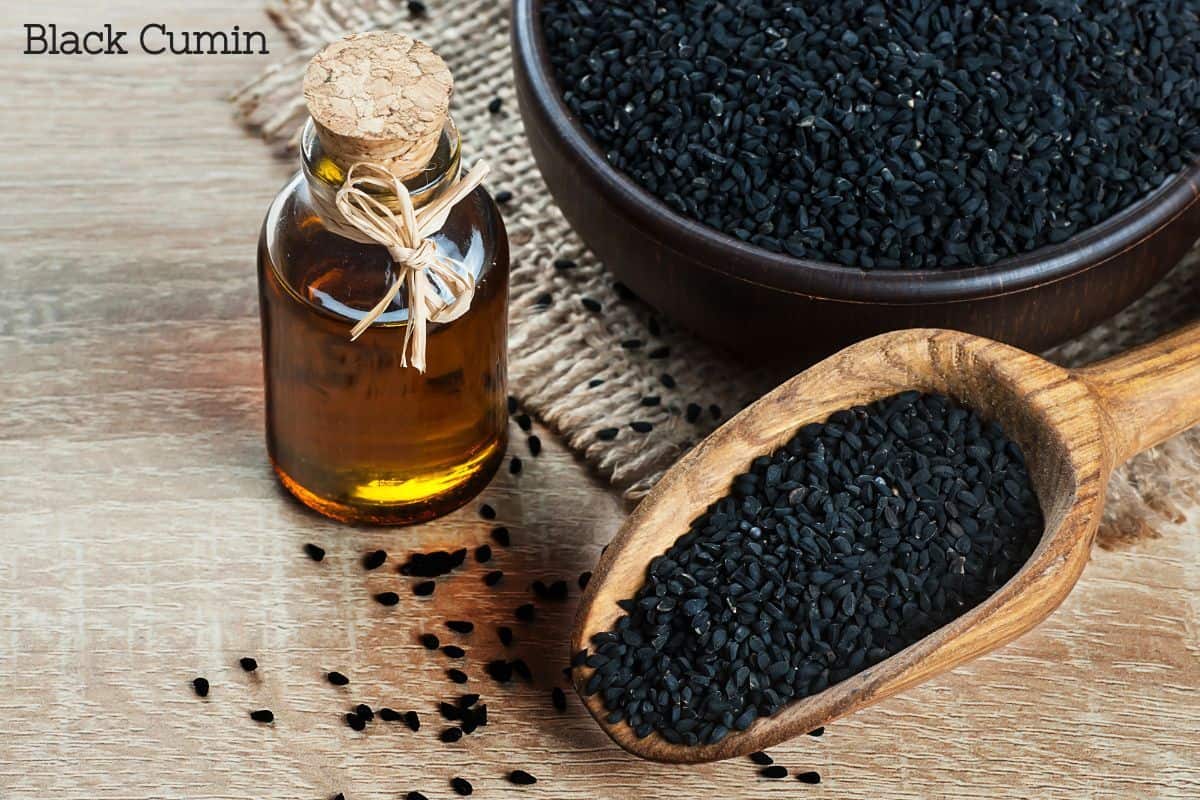
Its botanical name sets it apart from regular cumin, and its deep, dark appearance immediately captures attention.
Botanical Distinction: Black cumin seeds are small, angular, and dark brown or black, making them unmistakable in the spice world.
This medicinal plant belongs to the Ranunculaceae family, distinguishing it from regular cumin, which comes from the Apiaceae family.
Flavor Profile: What truly sets black cumin apart is its bold and pungent flavor. It offers a spicy and sharp taste, often compared to black pepper.
This intensity makes it a prized addition to dishes, adding heat, depth, and complexity. Its flavor is earthy with hints of bitterness, akin to oregano or onion.
Culinary Versatility: Black cumin is a staple in Middle Eastern and Indian cuisines, where it transforms dishes into culinary delights. From enhancing the flavor of naan bread to infusing curries and kebabs with its distinctive heat, black cumin is a culinary powerhouse.
It also plays a vital role in spice blends like garam masala and za'atar.
Holistic Health Benefits: Beyond the kitchen, black cumin is renowned for its use in traditional medicine for its potential health benefits. It has been associated with anti-inflammatory and antioxidant properties, making it a valuable ingredient in holistic wellness practices.
Black seed oil, derived from these seeds, is often used for its healing qualities. Check out our article on 101 black seed oil benefits!
Cultural Significance: Throughout history, black cumin has held cultural and medicinal importance in regions where it thrives. Ancient texts mention its use, and it has been a component of various folk remedies.
 Black Cumin Seed 1lb (16Oz)...Shop on Amazon
Black Cumin Seed 1lb (16Oz)...Shop on Amazon
 Amazing Herbs Premium Black...Shop on Amazon
Amazing Herbs Premium Black...Shop on Amazon
Caraway Seeds
Caraway seeds, scientifically known as Carum carvi, go by various names, including Persian cumin and meridian fennel.
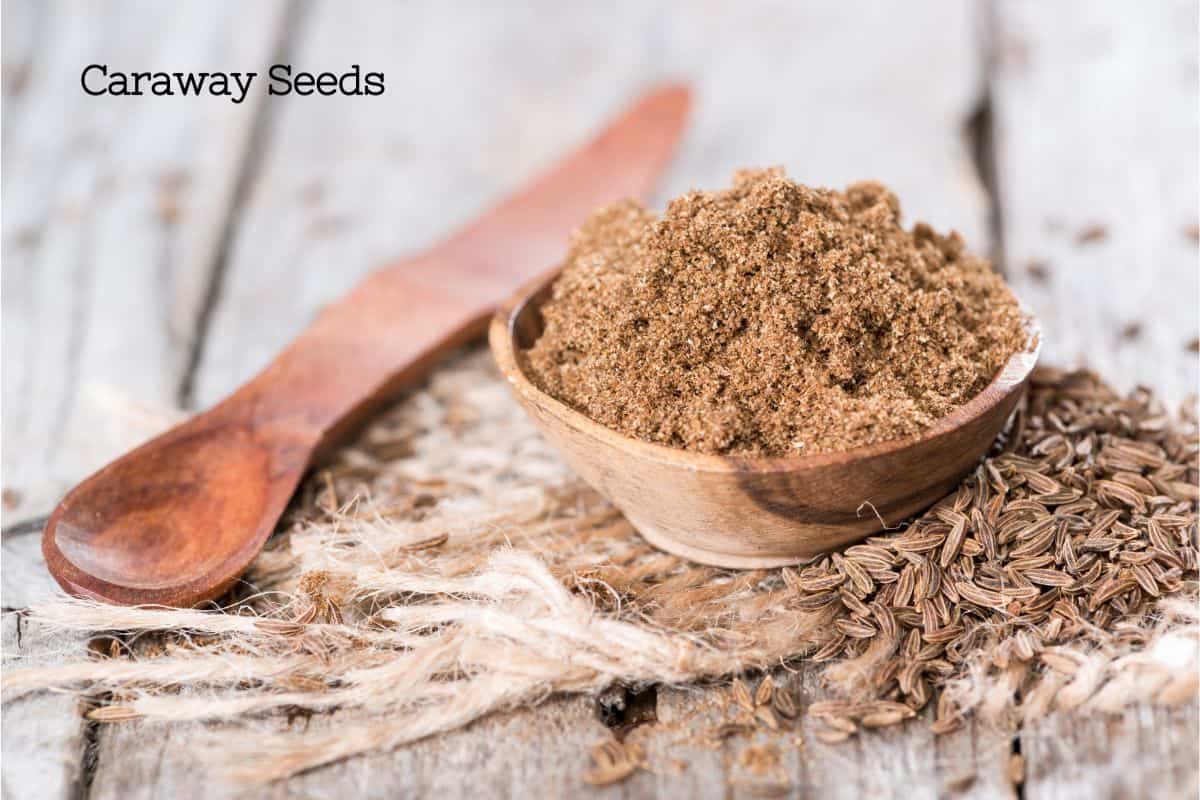
These tiny seeds, often confused with anise seeds, are a culinary gem with a unique flavor profile that adds depth and character to a range of dishes.
Flavor: Caraway spice has an anise-like flavor, offering a hint of licorice flavor while maintaining its distinct identity.
They are known for their strong taste, making them a flavor powerhouse in the culinary world.
Culinary Uses: Caraway seeds are widely used in European cuisine, especially in the making of sauerkraut, biscuits, rye bread and soda bread.
Their addition to these breads contributes to their iconic flavor. They are also a favorite in meat dishes, where their strong taste complements the richness of the dish.
Excellent Substitute: If you don't have caraway seeds on hand, a good substitute is ground caraway, fennel seeds, dill seeds, or star anise. While not identical, they share a similar taste profile that can enhance your recipes.
However, if you use anise, use far less than the recipe calls for, Anise is much stronger! Use ½ the amount of anise to caraway ratio.
Global Reach: Beyond Europe, caraway seeds find their way into Indian curries, where their unique flavor complements the spices used.
They are also used by North Africans to season various dishes, adding depth and complexity to their culinary creations.
Whole vs. Ground: Caraway seeds are available in both whole and ground forms. Whole caraway seeds are ideal for toasting and infusing flavor during cooking, while ground caraway seeds are perfect for blending into spice mixtures or as a topping.
Versatility: Caraway seeds are versatile; a small amount of caraway can make a big difference in a dish. Their licorice-like notes add a unique twist to your culinary creations.
![Gourmanity Whole Caraway Seeds, Non-Irradiated, Caraway Seeds For Bread, Cooking and Grinder Refill, Product of Finland 1lb [16oz] bag](https://m.media-amazon.com/images/I/41blNI3cJxL._AC_AC_SR98,95_.jpg) Gourmanity Whole Caraway Se...Shop on Amazon
Gourmanity Whole Caraway Se...Shop on Amazon
 SFL Caraway Seeds, Ground (...Shop on Amazon
SFL Caraway Seeds, Ground (...Shop on Amazon
Health Benefits
Cumin and caraway, both available in whole form and as essential oils, offer a plethora of health benefits. These spices, each derived from the dried fruits and seeds of their respective plants, are not just culinary delights but also sources of wellness.
Benefits of Cumin
- Rich in Nutrients: Cumin is a spice native to Western Asia and the Mediterranean region. It's packed with essential nutrients, including iron and vitamin C, which can aid in overall health.
- Digestive Aid: Cumin has been traditionally used to improve digestion. It may help alleviate indigestion, bloating, and gas due to its potential to stimulate digestive enzymes.
- Anti-Inflammatory: Its anti-inflammatory properties can help reduce inflammation in the body, potentially benefiting individuals with inflammatory conditions.
- Antioxidant Power: Cumin is a source of antioxidants (specifically flavonoids, coumarins, and phenolic acid), which can combat harmful free radicals in the body and support overall health.
- Immune Support: Thanks to its vitamin C content, cumin may contribute to a stronger immune system.
- Cumin Oil: Cumin oil, extracted from cumin seeds, is used in aromatherapy for its potential to ease digestive discomfort and promote relaxation.
Benefits of Caraway
- Digestive Health: Caraway is renowned for its digestive benefits. It may help relieve symptoms of indigestion, such as bloating and cramping.
- Antioxidant Properties: Similar to cumin, caraway is a source of antioxidants, which can protect cells from oxidative stress. These antioxidants are carotenoids, lutein, and zeaxanthin, which are incredible for skin and eye health.
- Anti-Inflammatory: Caraway's anti-inflammatory properties may assist in reducing inflammation and related discomfort, especially for those who suffer from Irritable Bowel Disorders.
- Caraway Oil: Caraway oil, derived from the dried fruits of the caraway plant, has been used in traditional medicine for its potential to alleviate digestive issues and promote relaxation.
However, it's essential to consult with a healthcare professional before using spices or essential oils for medicinal purposes, especially if you have underlying health conditions or are taking medications.
Comparing Cumin and Caraway
Cumin and caraway, though both members of the parsley family, offer distinctive flavors and are used in various culinary creations.
While they share some similarities, exploring their subtle differences can help you use them effectively in your cooking.
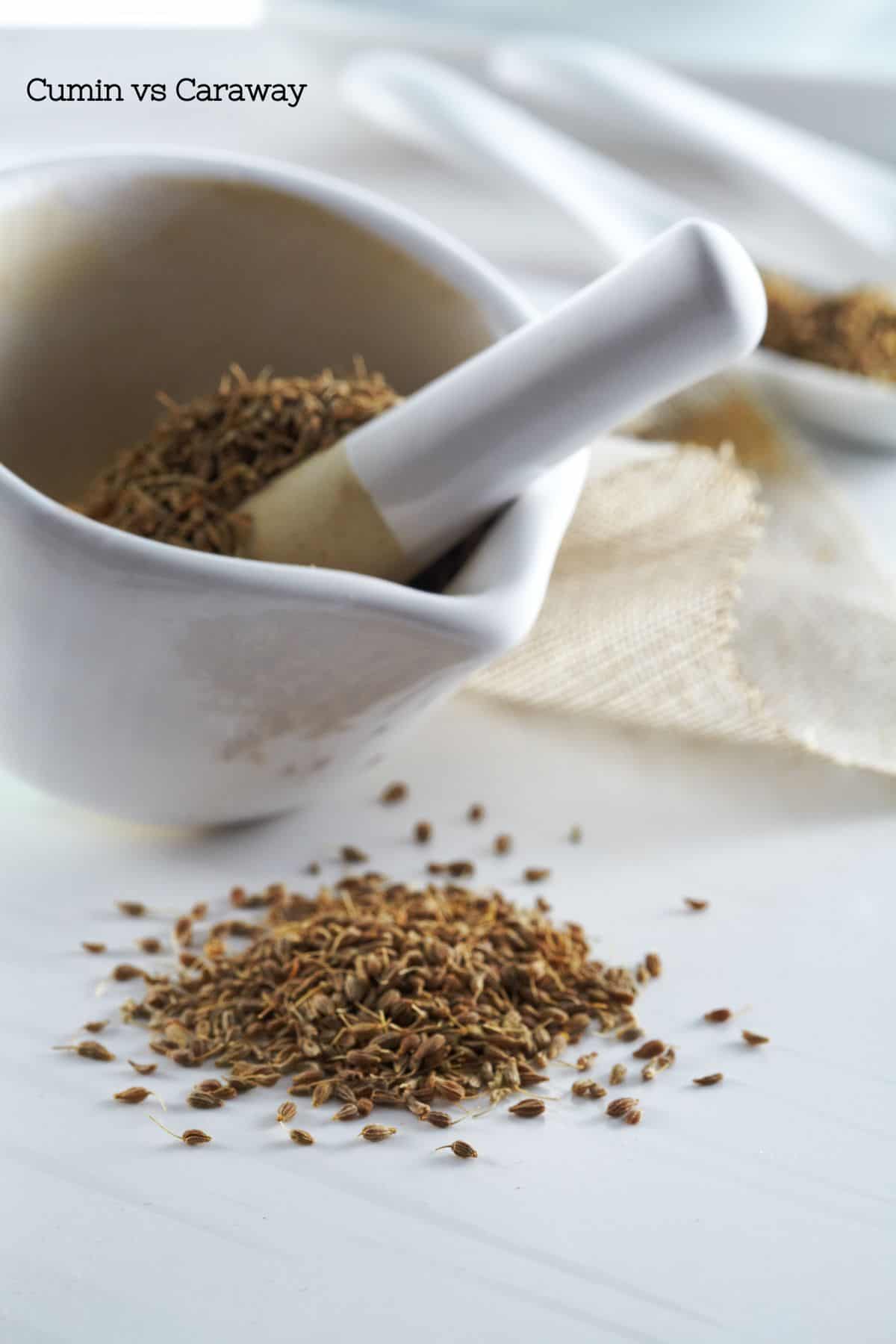
Cumin (Cuminum cyminum):
- Flavor Profile: Cumin boasts a warm and earthy flavor. Its distinctiveness shines through, even in small quantities.
- Appearance: The seeds are crescent-shaped with pale ridges, making them easily recognizable.
- Main Ingredient: Cumin is a main ingredient in various spice blends, such as curry powder and garam masala.
- Use in Cooking: It's widely used in Indian and Middle Eastern cuisines, contributing a rich and savory flavor to dishes.
Caraway (Carum carvi):
- Flavor Profile: Caraway offers a flavor that is often described as having a hint of anise but with a hotter taste than cumin.
- Appearance: Caraway seeds are small and crescent-shaped, similar in shape to cumin seeds.
- Main Ingredient: European cuisines frequently use caraway as a main ingredient in dishes like rye bread.
- Dietary Fiber: Like Cumin, Caraway is a good source of dietary fiber, which can benefit digestive health when used in cooking.
The Main Difference: The primary difference between these two spices lies in their flavor. Cumin leans towards a warm and earthy taste, whereas caraway offers a spicier and hotter flavor.
This distinction can significantly impact the taste of your dishes.
In summary, cumin and caraway, are both crescent-shaped seeds and are a member of the parsley family, but have subtly different flavor profiles.
Understanding these nuances can help you choose the right spice to enhance your culinary creations, whether you're preparing Indian curries with the warm depth of cumin or baking European bread with the spicier notes of caraway.
FAQ
Technically, yes. They both have a bit of a peppery flavor, although cumin is more earthy and caraway has a hotter taste with a hint of licorice. However, most people do not mind the difference, and some even prefer the flavor of cumin in place of caraway.
The Indian name for caraway seeds is shahi jeera. It is commonly used in masala and curry.
Cumin, Fennel, Dill, Star Anise, and Black Cumin (Nigella Sativa) are all acceptable substitutes for caraway seeds in a recipe, however, each has a slightly distinct flavor and the amounts may need to be adjusted.
Black cumin seed (Nigella Sativa) has a dark brown or black color with a slight curve, while caraway (Carum Carvi) is lighter brown with a more crescent shape. They are from different families, although commonly the name is used interchangeably, confusing.
Conclusion
Cumin and caraway, with their unique personalities, have been our culinary companions, enriching our dishes with their distinctive flavors.
We'd love to hear from you! Which spice do you enjoy using the most in your cooking adventures: the earthy warmth of cumin or the spicier notes of caraway? Share your preference in the comments below!
Don't forget to spread the flavor love – share this article on your social media platforms and invite your friends to join the conversation.
Plus, subscribe to our newsletter for more exciting insights into the world of mindful and healthy living. Let's keep the conversation going, one spice at a time!
Have a flavorful day,
Natalie

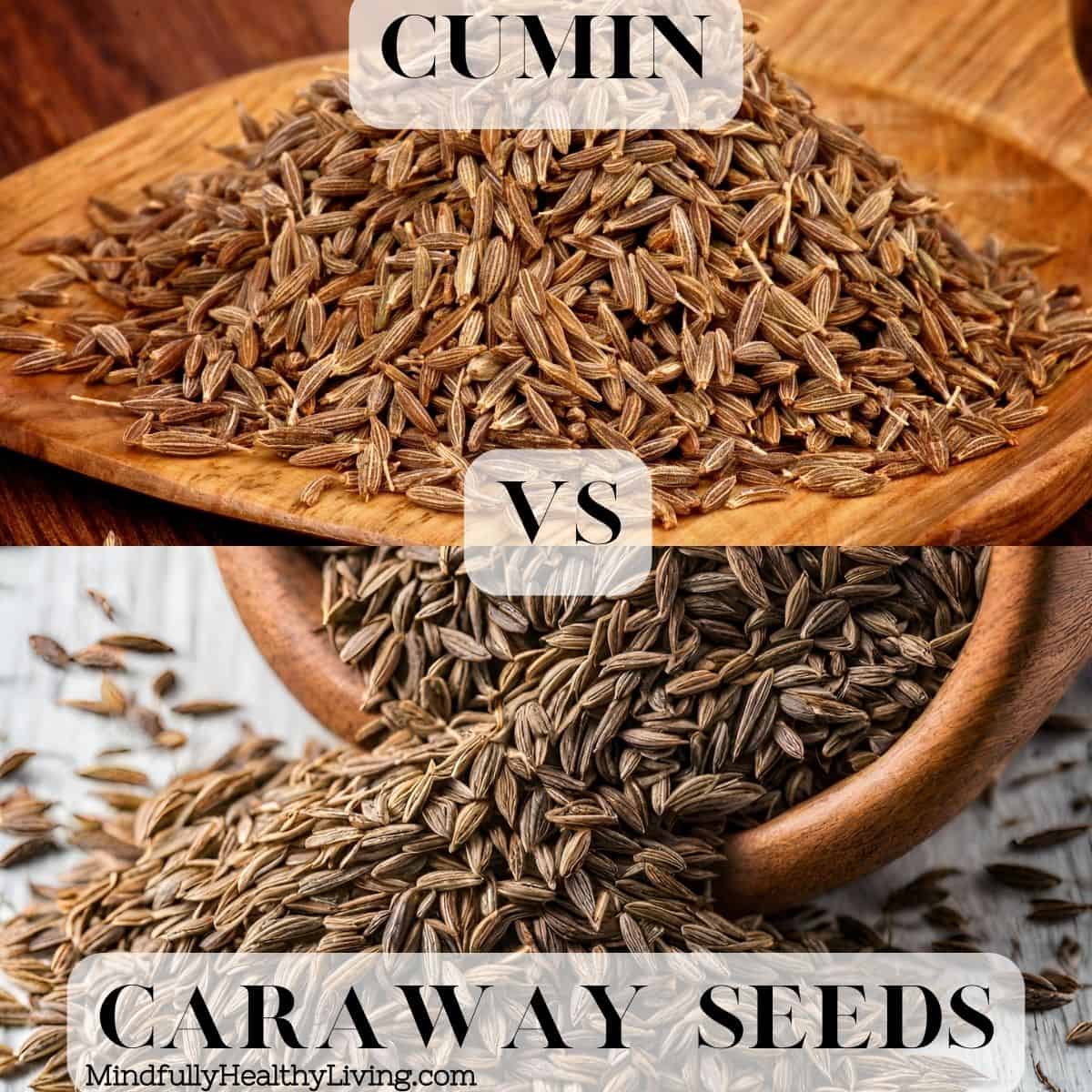

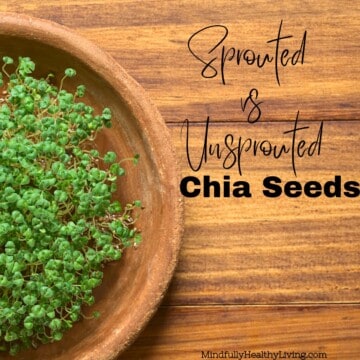

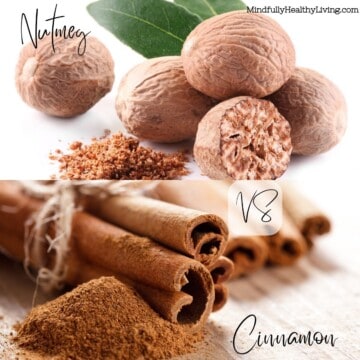




Pamela Graves says
Hi! Do you have any black seed oil on sale in liquid form?
Natalie Perry says
Hi Pamela! We do not sell black seed oil but have a few recommendations! One of my favorite brands is Amazing Herbs Black Seed Oil. I buy mine from Amazon. Here is a link to the one I get:https://amzn.to/3VM0KfQ (affiliate link) Let me know if you have any other questions!